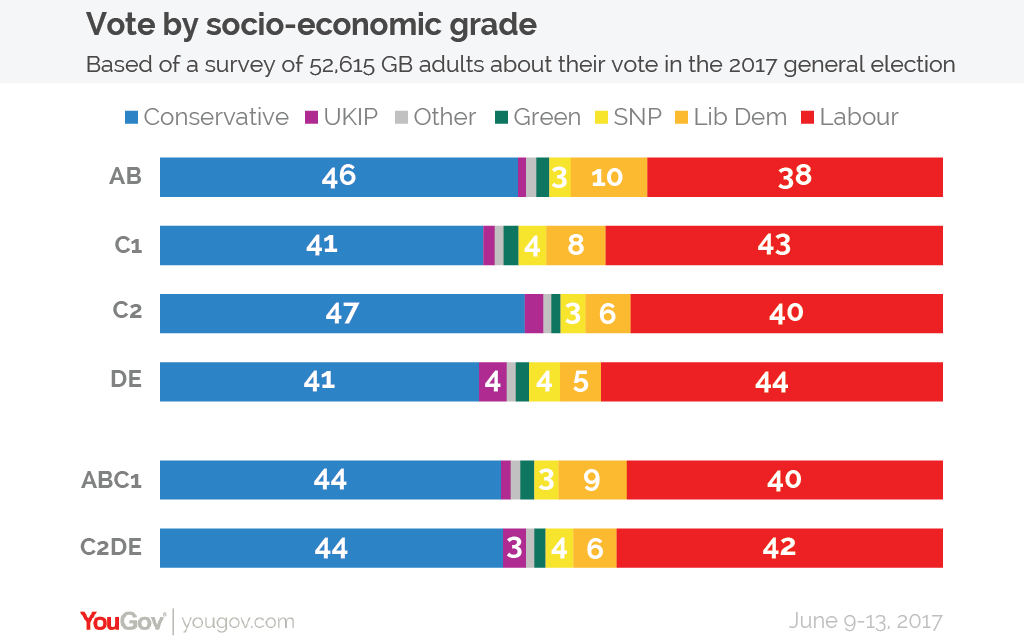Is there a gap between the people with the lowest levels of education and those with the highest levels of education when it comes to their political engagement? One study of 94 electoral surveys in ‘eight Western European countries between 1956 and 2009’, showed that the gap between these two groups in society when it comes to their participation in elections has in fact increased over these years. (Armingeon and Schadel, 2014) What do these statistics show about our society? My aim in this blog is to explore the different reasons as to why there is such a gap between social classes and political engagement.
Since the beginning of politics, there has always been a social hierarchy, with those in power, like the government sitting at the top, also known as the bourgeoisie, and those in the working classes, known as the proletariat, working at the bottom of the hierarchy in order to make money and benefit the upper classes. Many people see that the reason for the lack of political engagement from those in the working classes is due to their feeling of helplessness in society. They may feel that whether they take part in politics or not, it will not make a difference and that political decisions and elections only benefit those higher in the social hierarchy. Due to the lack of participation in politics from people who are from working-class backgrounds, democratic institutions lose responsiveness and legitimacy to non-participatory groups.
In our society, we have high levels of social inequality, with a massive gap between the rich and the poor. Evidence has shown that ‘a high level of inequality in a society negatively affects political participation.’ (Persson, 2010) Where there is lower social cohesion, there is less willingness from people to participate in politics. The whole point of a democracy is so that everyone in society is equal and has the equal right to vote. However, we all know that this concept of democracy is a myth. Falling rates of participation between classes, ethnicity and age, emphasise the ‘low levels of belief in the efficiency of a democracy’. (Lawrence, 2015) Coming from a private school where the majority of the students were from middle-class backgrounds and then going to university, I have definitely seen a difference in regards to interest in politics as well as political engagement. My university is much more diverse when it comes to socio-economic background and ethnicity than my secondary school was and I have noticed how it is not a topic that is brought up nearly as often between my friends and course mates and university than it was at my secondary school. Reasons for this may be that people from lower socio-economic backgrounds feel as though voting in elections will not benefit their position in society and are less likely to take interest in what is going on in politics as they are not able to relate to most politicians who are seen on television and online as the majority of politicians tend to be white and from affluent backgrounds. Below is a graph which demonstates the political participation by social class in the 2015 general election.

One thing we know for a fact about our society is that people with higher incomes and better educated people are more active in politics and more likely to take part in elections. (Anderson and Beramendi, 2008) This is the most consistent finding of empirical research in regards to political engagement. However, there are also correlations between socio-economic background and the political parties people vote for. Below is a graph showing the correlation between social class and the results of the 2017 general election:

Figures taken from YouGov 2017
However, one thing which many studies don’t take into consideration is the different types of political participation. Living in the 21st century, political participation is no longer restricted to just taking part in political elections. Other research has shown that ‘there are divergent patterns depending on the activity we focus on.’ (Gallego, 2007) New forms of political participation have emerged which may have lower costs and more flexible when it comes to engagement. This can include social media posts concerning politics and joining online petitions and campaigns.
Overall, it seems pretty obvious that people from a lower socio-economic background and with lower levels of education are the group who are the least likely to take part in politics. This stems from reasons such as not feeling as though their vote will matter in elections and from feeling as though they cannot relate to the people running in elections and politics.
Bibliography:
Anderson, J. and Beramendi, P. (eds.), Democracy, Inequality, and Representation. A Comparative Perspective. New York: Russell Sage Foundation, 278–311.
Armingeon, K. and Schädel, L. (2014). Social Inequality in Political Participation: The Dark Sides of Individualisation. West European Politics, 38(1), pp.1-27.
Gallego, A. (2007). Inequality in Political Participation: Contemporary Patterns in European Countries.
Lawrence, M. (2015). Political inequality: Why British democracy must be reformed and revitalised. [online] IPPR.
Persson, M. (2010). The Effects of Economic and Educational Inequality on Political Participation.